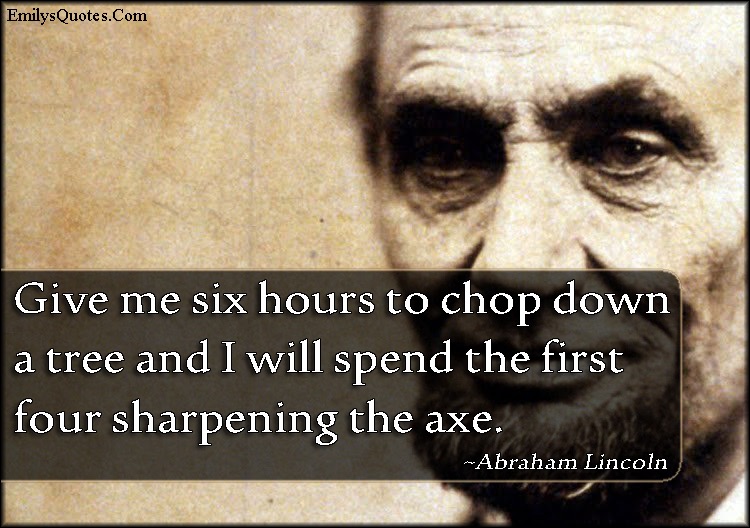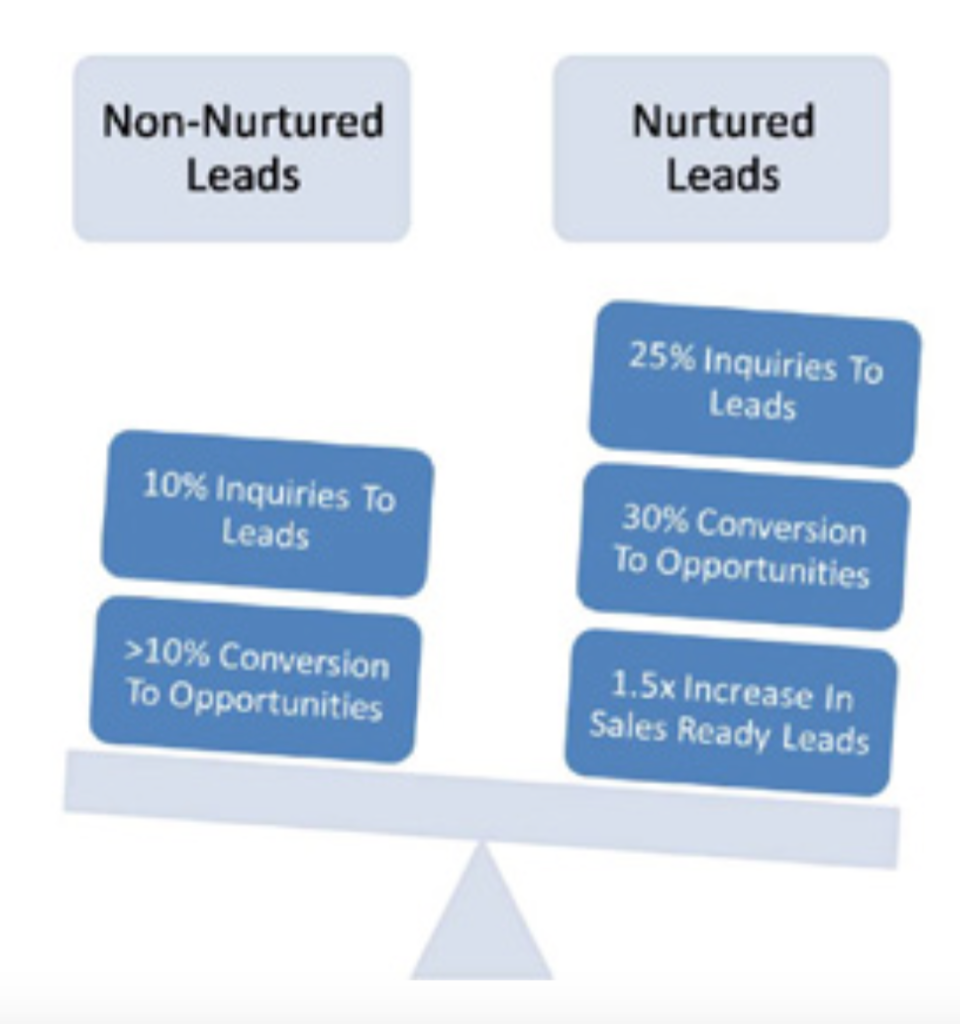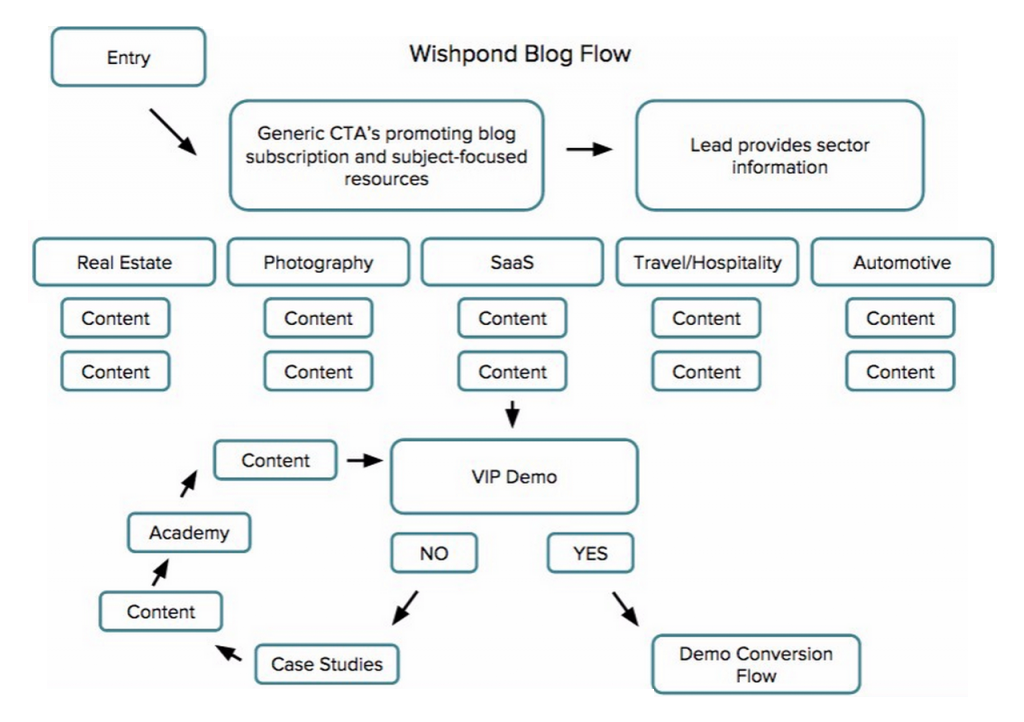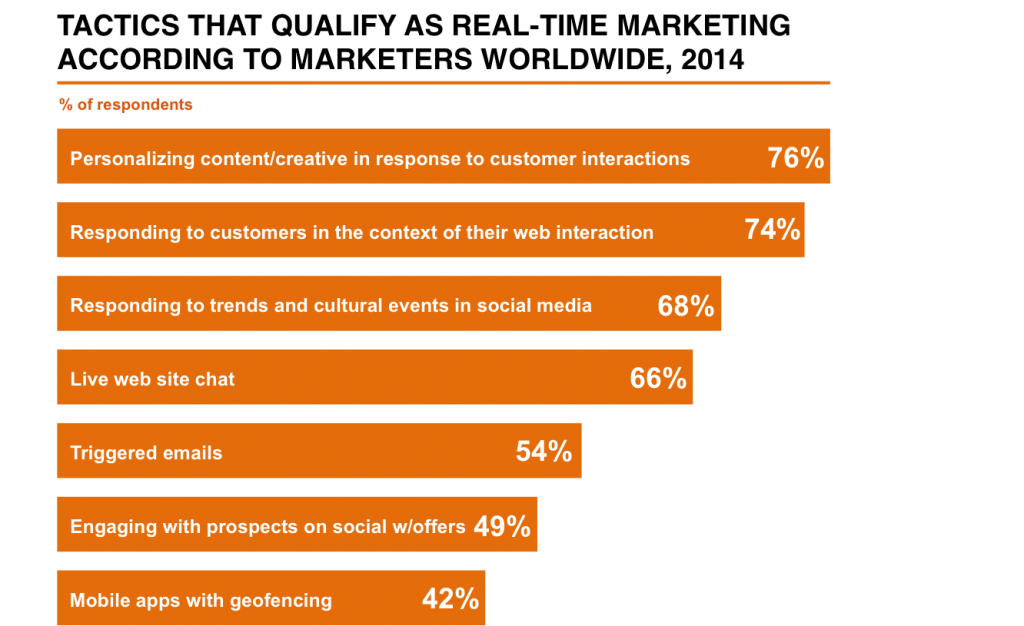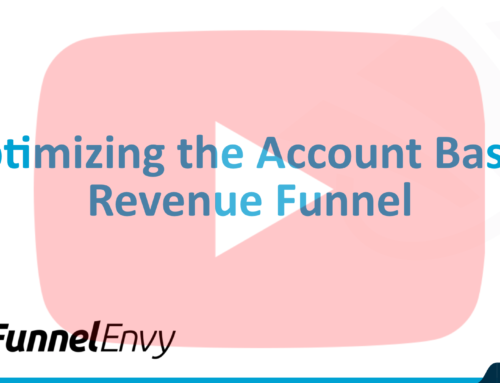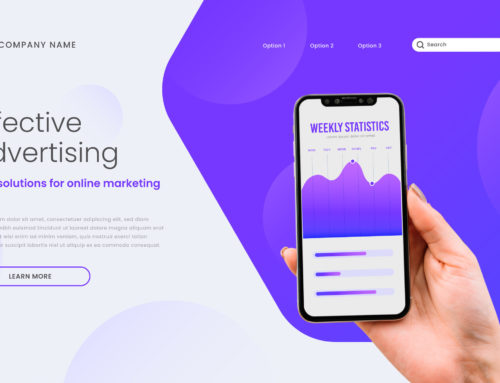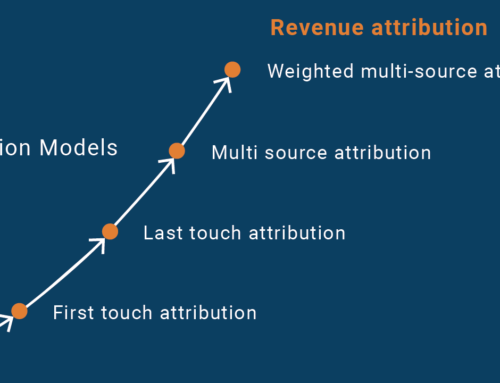Marketing’s a tough old game, isn’t it.
There’s a lot to consider when you sit down to think about it. Contrary to what many may think, we’re not in the business of sitting around and coming up with witty messages or punny slogans to help sell products. Sure, that might be a small part of it, but the truth is a good marketer is as much a statistician and entrepreneur as they are a creative mastermind.
It can sometimes feel as though there aren’t not enough hours in the day to pore over your data reports and get timely, creative and compelling messages out to your audience. It’s a problem we all know too well.
While I’m averse to saying there’s a shortcut (because that’s definitely not what this is), there is a way to take some of the hassle out of your ongoing marketing woes.
I say that this isn’t a shortcut because, well, it requires a hell of a lot of work up front. But if you can dig deep and soldier on through the initial hardships associated with setting up an automated campaign, you’ll have more time to focus on the other areas of your business that help make you money.
What is Automation?
There’s a myth surrounding automation that it’s cold and inhuman. That it doesn’t adhere to the new marketing golden rule that personalization should take precedence over everything else.
Thankfully there’s very little truth to this myth. An automated campaign can come across as inhuman, but only when poorly implemented. A properly optimized campaign can strengthen relationships, increase revenue and help build a profitable business. It doesn’t have to have that awful generic, spammy feel to it.
Most definitions focus on explaining what automation means, basically explaining how it automatically handles the mundane tasks for you so you’re able to better use your time to optimize operational efficiency. While true, I want to take a more pragmatic approach to the definition by making a comparison to a quote made by Abraham Lincoln.
Let me explain. Good ol’ Abe takes four hours to sharpen his axe. He’s getting his tools ready so that the laborious task of chopping down a tree is far easier and faster.
Marketing automation is spending a lot of time establishing sequences and creating relevant content for different stages so the laborious task of following all those different marketing threads and leads is something that you no longer have to concern yourself with.
Both require a lot of work up front, but they ultimately make the whole journey easier and more productive.
Now that my little axe grinding analogy is out of the way, let’s look at a few key steps to automation optimization that’ll give your marketing axe the edge it needs.
Behavioral Tracking
One of the primary benefits of automation is its ability to put your relationship building actions on autopilot.
The world of lead gen is particularly tricky. Business owners the world over want to see the quickest gains in lead acquisition and will do whatever they can to force a lead to take the plunge and become a paying customer.
Unfortunately, this short-term focus neglects the long-term profit potential of many B2B relationships. Any lead who doesn’t fall into the “I’m ready to buy now” category is immediately disqualified and forgotten. Data from SiriusDecisions has shown that 80% of these disqualified leads go on to buy a solution within 24 months.
Unfortunately, the solution they purchase isn’t necessarily from the company that deemed them a wasted effort.
Many of your leads won’t be ready to purchase from you right now, but circumstances change and you want to be ready when they do. Instead of binning these prospects, lower their priority, track their behavior and re-engage when they show signs of purchase intent.
The first step is to invest in a more sophisticated analytics platform that allows you to track an individual or company’s growing habits (for more information on tracking various accounts, check out our Account Based Marketing article here). Key metrics to track include:
– When they visited
– How many times
– The pages they navigated to
– The paths they take
Their behavior and interaction will give you a better idea of their current needs and motivations. You should use these needs to assign a score to the lead based on their proclivity to purchase.
Those assigned a low priority are not disqualified but are instead entered into an automated lead nurture campaign. This nurture campaign achieves two primary benefits.
1 – It warms the lead for when it is time to purchase
2 – It gives even more behavioral data for your to choose the right moment to strike
Tracking behavioral cues ensures you don’t miss an opportunity to pursue a sale yet also offers a great opportunity to nurture your cold leads which could lead to an overall increase of 20% in sales.
If you’ve got your targeting right there’s no such thing as a bad lead, just a lead who isn’t yet ready. Track behavior to identify those not ready and use some of the other tips in this article to keep them warm for the first possible sales opportunity.
Create Several Sequences for Better Targeted Content
We all know the basics of drip campaigns, right?
User takes an action which kicks an automated email campaign into effect. Said email campaign’s aim is to build further loyalty, establish a stronger relationship or basically just keep you in the forefront of your prospect’s mind.
They’re incredibly effective at what they do. But they’re often under implemented.
Many businesses have one, perhaps two drip campaigns. Often they have a welcome sequence and perhaps an abandonment sequence. A good start. But it doesn’t really cover all bases.
Modern marketing is all about creating the most relevant experience possible. You should have different sequences set up for different stages of the customer journey and different audience segments.
Wishpond, knowing that the most valuable part of a lead’s identity is what they care about, have produced one of the most comprehensive examples of a sequence I’ve seen.
Below is the general outline of the sequence they’ve established outlining the various funnel stages prospects can progress through.
The above sequence is aimed at blog visitors. However, the same principles and triggers could quite easily be applied to an email campaign.
Notice how they don’t have one generic email welcome campaign and don’t rely on the quality of their content to do it all for them. They’re taking a very targeted approach to their automation ensuring that the right message gets in front of the right person at the right time.
This hyper targeted approach to marketing ensures that the content your prospects see is relevant to their individual needs. It’s the most effective way to increase conversions.
One sequence is good, but it doesn’t encompass or answer the needs of every segment within your audience. For the best automation results, you’re going to need to set up various sequences that address different needs.
Don’t Overlook Dead Accounts
There’s an all too real desire to focus only on the accounts who are currently active because they provide the best profit potential. However, as we’ve already discussed, just because someone isn’t interested now doesn’t mean they won’t be in 6, 12 or even 18 months time.
Instead of deleting accounts that have failed to interact with any of your materials set up a specific sequence that addresses their needs and brings them back into the fold.
How you do it is up to you. It could be a simple email reminding them of benefits, a funny industry relevant video or a description of the specific benefits for their business.
Whatever your tactic, you need to bring an inactive account back to activity so you can better nurture them.
Real Time Data is Key
Personalization is half the battle when it comes to implementing an effective automation campaign. The other half relies on your ability to properly time your offers.
Nurturing leads is all well and good. It keeps you in their thoughts and increases the chances that, should they be left to their own devices, they’ll remember and choose your business when they need a solution.
However, we don’t want to leave leads to their own devices. The point of automation is to make your life easier and to free up time to spend on more profitable areas of your business. Areas that definitely include chasing up qualified leads.
You have extra time now so should be able to jump on an opportunity as soon as it presents itself. For you to be able to do this you need real time data to act on.
Data that’s even a day old could be too late. Let’s imagine it in simple terms.
You’re at the mall looking to buy a new pair of shoes. You go to two different stores who take very different approaches.
In store one the assistant, after watching you browse, asks some questions on your needs. He listens attentively to what you want before saying that he’ll think about the best product recommendation for you and will have a shortlist for you tomorrow. A good experience, but you’ve got to wait for them to get back to you.
Store two takes a more direct approach. The assistant again watches you browse and asks some questions, however, this one doesn’t waste any time. He produces a number of potential products you’d like right there and then and let’s you try them on.
You’re in a shoe store which is a pretty big indication that you’re looking to buy shoes. Store two has seized the opportunity and is likely going to be the one who wins your business because they were in the right place at the right time.
When store one does get back to you the following day it’s too late, you no longer need the service, and they’ve missed out on the opportunity.
It’s an over simplification, I know, but the point stands. When someone has the desire to buy you can’t delay. You’ve to strike while the iron is hot or risk missing out on your chance.
Don’t take chances. Use real-time data to trigger your campaigns at exactly the right moment.
It’s an Ongoing Process
The prevailing thought on automation is exactly what I mentioned at the beginning of the article. A lot of work up front for continued benefits and conversion increases.
However, that’s a half-truth.
Abe Lincoln spent four hours sharpening his axe that made chopping down his tree far easier. But what happens on the next tree, and the one after that? The axe becomes blunt and less effective. The time taken to chop down each tree becomes longer with each new attempt.
Abe needs to keep his axe sharp. Every so often he’ll need to spend another four hours at the grinder for it to keep its edge.
It’s the same with your automation campaign. Of course your campaign won’t become less effective itself, but user expectations and behaviors will change. To continue experiencing a high level of success, you’ll also need to change and adapt your campaign to better align with these new expectations.
Keep an eye on the overall effectiveness of your campaign. When you notice an underperforming stage optimize it so it’s no longer the weakest.
Keep your marketing axe sharp and your campaign will continue to bring in a steady stream of leads and revenue.
What Automation Tricks Have You Found?
Automation is a great way for you to relieve some of the ongoing pressure online marketers face.
It’s no golden ticket to success, but when implemented well it can be incredibly effective at increasing customer experience and your profits. This article lists a few of the less talked about methods for implementing proper automated campaigns. Let us know in the comments if you’ve found any other tips or tricks that can greatly increase the effectiveness of an automated campaign.


